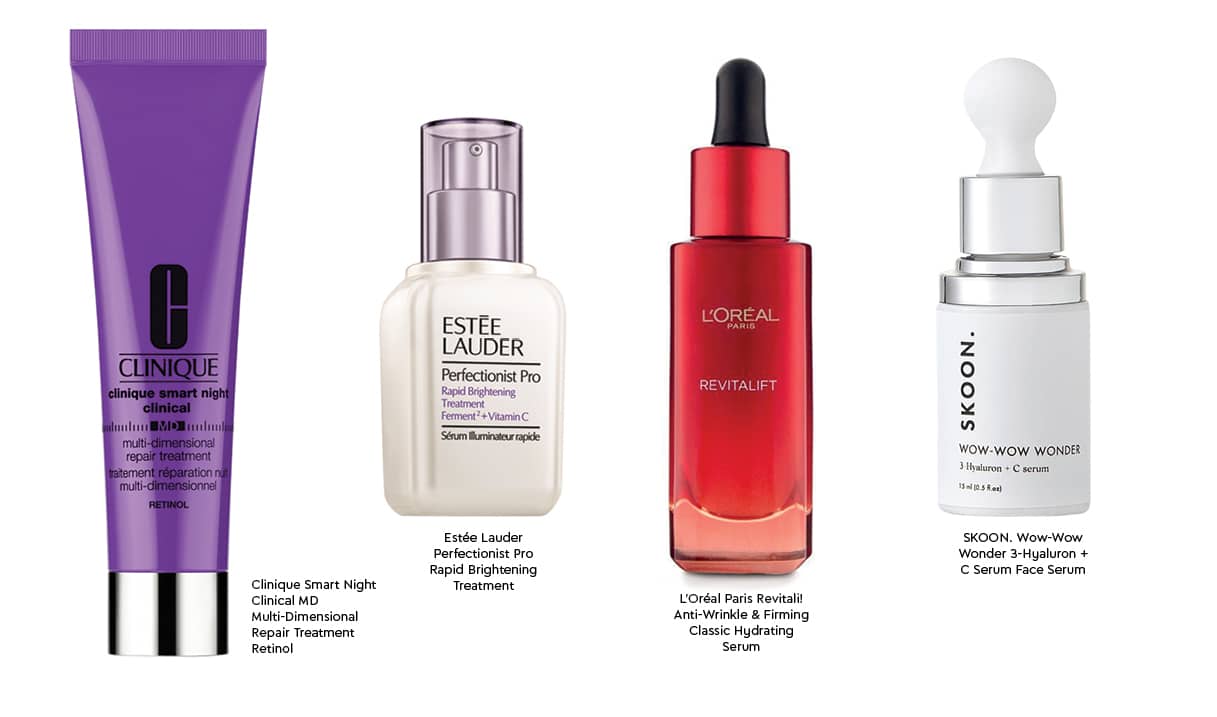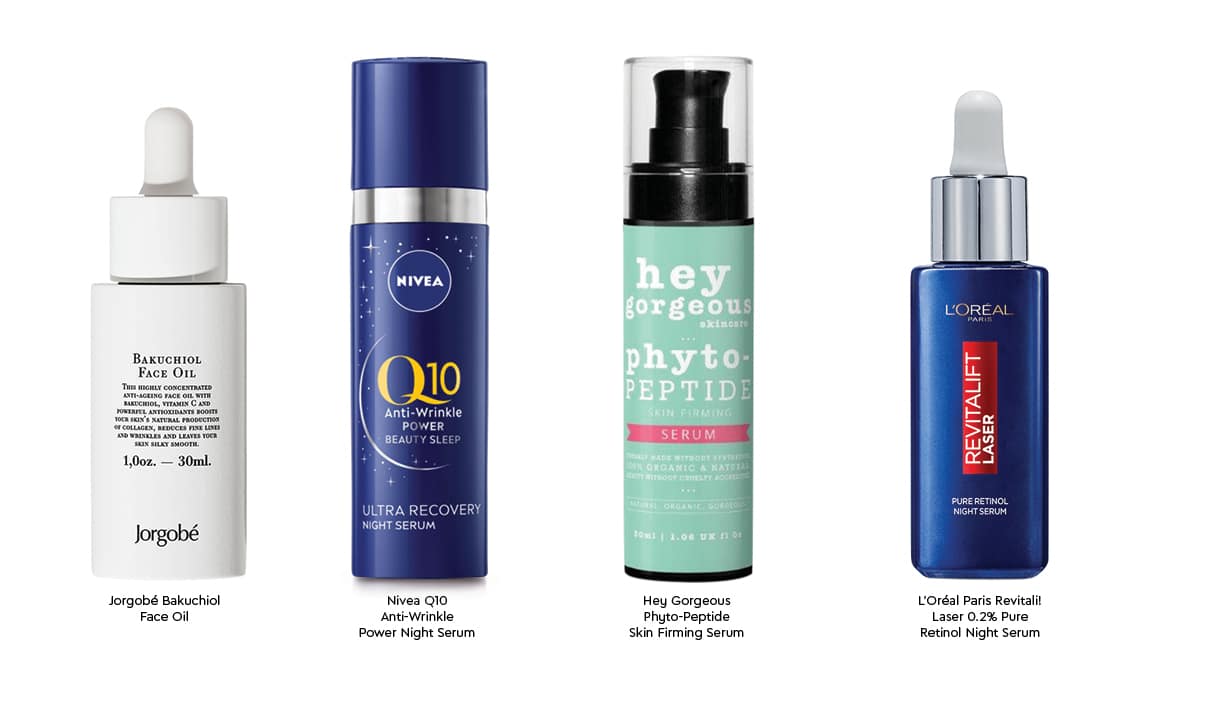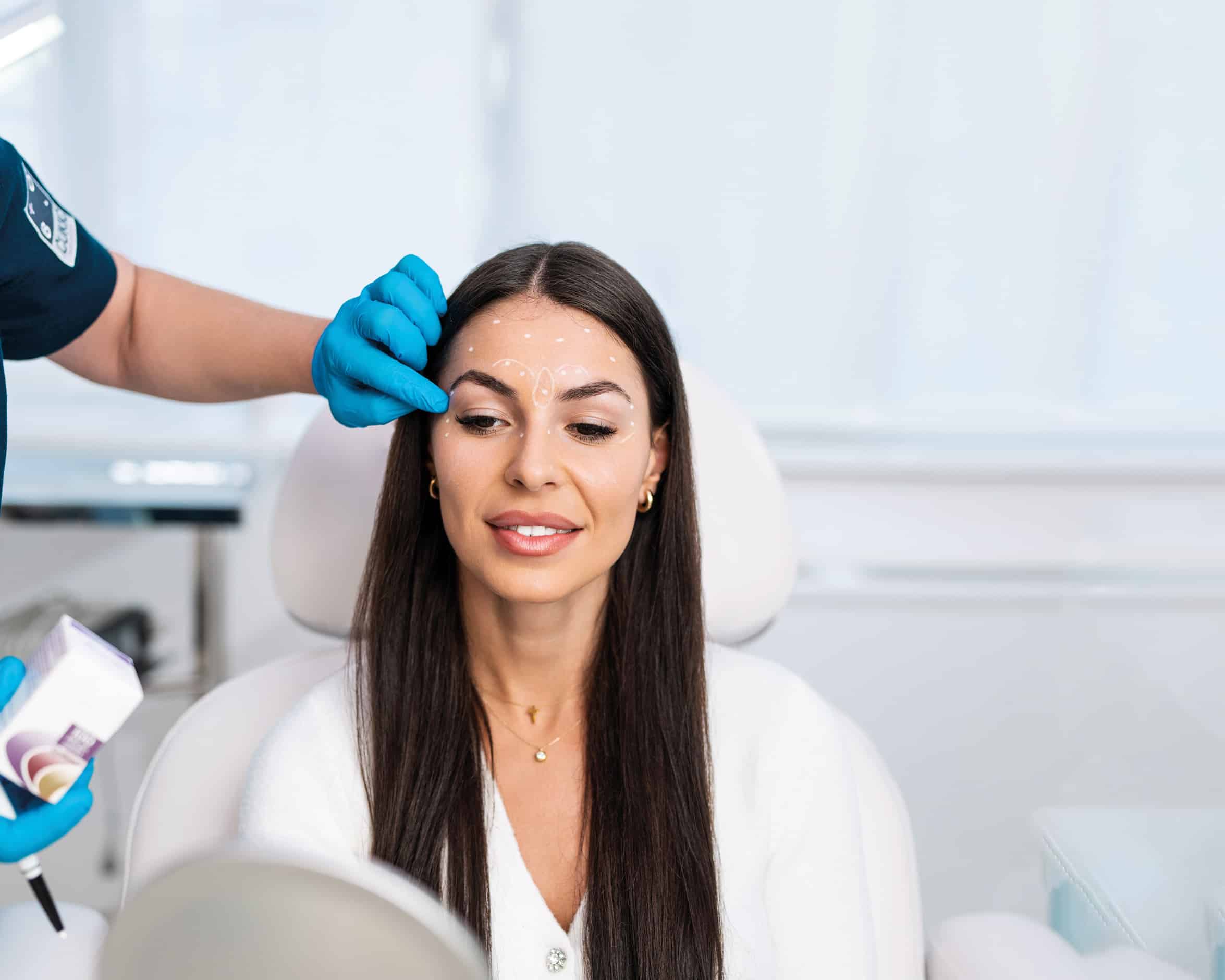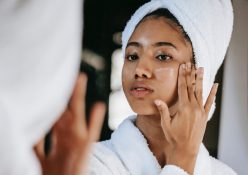Botox has long been considered taboo but the stigma surrounding it is slowly dissipating. Here’s what to expect when going under the needle.
We’ve come a long way since the days of tabloids slandering celebrities for going under the knife (or needle). And it didn’t help that people tried to hide that they’d had work done, which further perpetuated the stigma.
Fast-forward to today, and Botox isn’t just something reserved for Hollywood’s elite, but has also become an accessible cosmetic solution for the modern woman who wants to target the signs of ageing while achieving a subtle, still-natural look.
Where, previously, traditional Botox treatments resulted in expressionless foreheads, overarching eyebrows and pinched smiles (think Swiss socialite Jocelyn Wildenstein, AKA “Catwoman”), the modern version of Botox, dubbed “baby Botox”, is increasingly in demand, even among women in their 20s and 30s. With this form of treatment, smaller doses of Botox are injected into the face, and is not only used to eliminate existing signs of ageing but also to prevent them.

SO, WHAT IS BOTOX?
Botox is the trade name for Botulinum toxin type A. This is a neurotoxin known for causing botulism, an illness that paralyses muscles. In the 1960s, it was used to treat medical conditions such as crossed eyes and eye twitching.
Today, it can bring relief to those suffering from hyperhidrosis (excessive sweating), bruxism (teeth grinding) and headaches – but it’s predominantly used for cosmetic purposes to smooth out forehead wrinkles, frown lines and crow’s feet.
Other injectables on the market include Dysport and Xeomin, but according to Cape Town-based aesthetic medical practitioner Dr Alek Nikolic, Botox is still considered the gold standard.
“Generally speaking, all neurotoxins are more or less similar,” he says, “however, they are different molecules and as a result have slightly different effects and durations. They are not interchangeable. Botox has by far the most clinical studies under its belt.”
SIGN ME UP!
Your first port of call, before you even set foot in the procedure room, is an in-depth consultation and an examination with your doctor. This is an ideal opportunity for you to indicate the areas of concern and voice any questions and concerns you may have.
“The pre-treatment consultation is also important for us as medical practitioners, so we can establish whether the result the patient wants is achievable with Botox, and if they have realistic expectations about the results,” says Dr Alek. “After all this has been discussed, then the potential side effects and possible complications are explained, and a consent form is given to the patient to sign.”
WHAT TO EXPECT WHEN YOU’RE INJECTING
Botox is a minimally invasive procedure, which means that pain is bearable, and the downtime is short. “First, I’ll apply a strong anaesthetic (numbing) cream to the skin to minimise any discomfort,” explains Dr Alek.
“Then I’ll draw up the necessary units of Botox for each facial area, according to the amount needed to target the patient’s skin concerns. The anaesthetic cream is wiped off, followed by alcohol to sterilise the skin. I’ll then ask the patient to contract and relax the muscles in the areas we’ll be targeting, which I’ll then mark up. Finally, using a thin needle – which has been specially designed for aesthetic injections – I’ll inject Botox into the skin.”
BOTOX AFTER-CARE
Post-treatment care is very important when it comes to Botox. “For the next five hours following a treatment, you should not: rub, massage or place any kind of pressure on the treatment areas; exercise; or lie down (as in to fall asleep),” says Dr Alek. “This may increase the diffusion or spread of the Botox, which can lead to some unwanted side effects.”
Speaking of side effects, Dr Alek says there are few. “You may experience some swelling at the injection points but this will be minimal and will disappear within about 30 minutes,” he says.
“Some patients experience bruising, but this is extremely rare if the procedure has been done properly. Eyebrow or eyelid ptosis (drop) can happen, but it’s reported in just under 100 treatments worldwide, so it isn’t something to be too concerned about.”
The effects will last for about three to four months, after which it will “reset” to how it looked before. At this stage, you can consider going for another round of Botox treatment.

WHAT ABOUT THE COST?
The cost of Botox is entirely dependent on the number of units needed to target your skin concern, which means it could end up being quite an expensive endeavour if you are wanting to treat more than just a frown line.
Dr Alek suggests discussing your budget with your doctor so you can decide on the best treatment plan for you. “You may have to treat one area optimally first and forgo other areas to get best results and consider these untreated areas a month or two later,” he says. “This way, at a certain point in time, all the areas will be treated and have an optimal effect.”
NOT READY JUST YET?
Today we are spoilt for choice when it comes to non-invasive skin treatments. Some of the more popular ones include:
Dermapen (micro needling):
Involves puncturing the top layer of the skin with a device that houses thin needles. This promotes healing and natural collagen production, making it a great solution for scars, acne scarring, stretch marks, wrinkles and pigmentation.
Chemical peels:
A chemical solution is applied to the skin, which will make the top layer “blister” and eventually peel off. The resulting effect is smoother, less wrinkled skin.
Fractional skin resurfacing:
A device is used to deliver a laser beam, divided into thousands of microscopic treatment zones, that target small (fractional) areas of skin at a time.







